Collapsible Dog Collars: A Soft, Safe & Comfortable Alternative to Traditional Cones
Post-operative care, skin healing, and injury recovery can be stressful for both dogs and their owners. Traditional hard plastic cones (also called E-collars or Elizabethan collars) are widely used, but they often come with challenges—restricted movement, poor visibility, and pet anxiety.
Enter the Collapsible Collar—a soft, flexible, and more humane alternative designed to offer protection without sacrificing comfort. This blog explores everything pet parents need to know about this practical solution, including its indications, benefits, selection guide, and veterinary support.
What Is a Collapsible Dog Collar?
A collapsible collar is a type of protective pet gear designed to prevent a dog from:
- Licking or chewing surgical incisions
- Scratching wounds or hotspots
- Irritating healing areas on the body
They gently restrict a dog’s access to their body while allowing:
- Greater mobility
- Better visibility
- Increased comfort
They come in various designs like donut-shaped rings, fabric cones, or padded shells.
Key Indications for Use
Collapsible collars are indicated for dogs experiencing any of the following:
Post-surgical recovery
After procedures such as:
- Spaying or neutering
- Mass removals
- Eye, ear, or orthopedic surgeries
Dogs naturally want to lick their wounds.
Hotspots and dermatological conditions
For itchy, inflamed skin from allergies or parasites, dogs often chew or scratch excessively. A soft collar restricts access while allowing the dog to rest comfortably.
Skin irritation or injury healing
Cuts, abrasions, and burns can worsen if licked. A collapsible collar gives the area time to heal without obstruction.
Behavioral grooming disorders
Dogs with compulsive licking issues (e.g., acral lick granuloma) benefit from a gentle deterrent like a collapsible collar.
Benefits of a Collapsible Collar
- Soft & Comfortable: Ideal for sleep and rest
- Better Visibility: Doesn’t block the dog’s vision
- Easier Eating: Allows access to food and water
- Less Stressful: Reduces anxiety vs. plastic cones
- Mobility-Friendly: Dogs can walk and lie down easily
- Adjustable Fit: Customizable for any breed or size
- Washable: Easy to clean and reuse
- Travel-Ready: Lightweight and foldable for storage
- Gentle Protection: Prevents licking or biting wounds
- Vet-Approved: Great for mild to moderate recovery needs
Types of Collapsible Collars
Soft Fabric Collars
Made of padded cotton or fleece. Fold inward easily, very comfortable, ideal for nighttime wear.
Inflatable Collars (Donut Style)
U-shaped ring that wraps around the neck. Restricts turning head to body. Great for neck-to-back injuries.
Foam-Cored Collars
Cone-shaped but flexible. Offers more structure while still being gentler than plastic.
Hybrid Designs
Feature a mix of foam structure with soft edges and mesh for airflow. Balance between function and comfort.
Collapsible vs. Traditional E-Collars
| Feature | Collapsible Collar | Traditional Cone |
| Comfort | ✅ Very High | ❌ Low |
| Mobility | ✅ Allows natural movement | ❌ Restricted |
| Visibility | ✅ Unobstructed | ❌ Blocked |
| Noise | ✅ Silent | ❌ Often noisy |
| Suitability for sleep | ✅ Yes | ❌ Difficult |
| Protection strength | ⚠️ Moderate | ✅ High |
Note: Collapsible collars are best for mild to moderate cases or for calm dogs. Aggressive chewers or high-risk surgical sites may still require rigid cones.
How to Choose the Right Collapsible Collar
Factors to Consider:
- Type of injury – Neck vs. abdomen vs. limbs
- Dog’s size and behavior – Is your dog calm or hyperactive?
- Material sensitivity – Hypoallergenic fabrics for sensitive skin
- Sleeping needs – Fabric models are ideal for resting
How to Measure and Fit Properly
Steps to Measure:
- Measure the circumference of your dog’s neck.
- Choose a collar with adjustable closures (Velcro or snaps).
Size Guide Example:
| Dog Size | Neck Circumference | Suggested Collar Size |
| Small | 8–12 inches | Small |
| Medium | 13–18 inches | Medium |
| Large | 19–25 inches | Large |
| XL | 26+ inches | Extra Large |
Step-by-Step Usage Instructions for a Collapsible Dog Collar
Follow these steps to ensure safe and effective use of a collapsible collar for your dog:
1. Choose the Right Collar
- Pick a style (inflatable, soft cone, foam) suitable for your dog’s needs and comfort.
2. Prepare Your Dog
- Calm your dog before putting on the collar.
3. Fit the Collar Securely
- Wrap or fasten the collar around the neck using the Velcro or buckle provided.
- Ensure it is snug but not tight—you should be able to slide two fingers underneath.
4. Adjust for Coverage
- Confirm it blocks access to the surgical site or injury effectively.
5. Monitor Initial Reaction
- Observe your dog for the first 15–30 minutes.
- Look for signs of discomfort, rubbing, or difficulty walking or eating.
6. Check Daily
- Inspect the fit, skin, and wound site
- Adjust or clean the collar as needed to maintain hygiene and comfort.
7. Allow Supervised Breaks (if appropriate)
- For calm dogs, you may remove the collar under strict supervision during mealtime or rest—if cleared by your vet.
8. Discontinue Use Once Healed
- Remove the collar once the wound is fully healed or your vet advises it’s safe to do so.
Usage Tips by Dog Size and Breed
Small Dogs (e.g., Pomeranian, Shih Tzu)
- Lightweight fabric or inflatable models preferred
- Must be snug but not heavy on the neck
Medium Dogs (e.g., Beagle, Border Collie)
- Use cone-shaped soft collars for better coverage
- Ensure durable stitching for active dogs
Large Dogs (e.g., Labrador, Rottweiler)
- Inflatable donut or reinforced fabric cones recommended
- Secure with extra Velcro if needed to prevent escape
Safety, Precautions, and Possible Side Effects of Using a Collapsible Collar for Dogs
While collapsible collars are generally safe and well-tolerated by most dogs, they must be used correctly to ensure effective protection and comfort. Here’s a comprehensive guide to safety, precautions, and possible side effects:
Safety Guidelines
- Supervise During Use
Always monitor your dog, especially during the first few uses. This helps identify discomfort, poor fit, or ineffective protection. - Choose the Right Size
An improperly sized collar can either fail to protect the affected area or cause rubbing and irritation. Measure your dog’s neck accurately before purchase. - Avoid Obstructing Vision or Airflow
Inflatable or foam collars can press against the face if not fitted properly. Your dog should see clearly and breathe without restriction. - Use Only When Needed
Prolonged or unnecessary use can cause frustration or fatigue. Use the collar during recovery periods as advised by a veterinarian. - Regularly Check the Affected Area
Ensure the collar is actually preventing your dog from accessing wounds, stitches, or irritated areas. Adjust or change the style if your dog can still reach them.
Precautions to Consider
- Post-Surgery Recovery:
For serious surgeries (e.g., abdominal incisions), consult your vet before replacing a hard cone with a soft collar. Not all wounds are protected equally by collapsible collars. - For Strong or Determined Dogs:
Some dogs may still reach wounds depending on their flexibility and body size. - Watch for Allergies or Skin Sensitivities:
Choose hypoallergenic or breathable fabrics when needed. - Avoid Outdoor Use During Rain:
Fabric-based collars can absorb water and become heavy or moldy. Use waterproof models if needed for outdoor walks. - Remove During Feeding (If Necessary):
If the collar obstructs eating or drinking, consider removing it briefly under supervision or adjusting its shape.
Possible Side Effects (If Misused)
| Side Effect | Cause | Prevention |
| Skin chafing or pressure sores | Tight fit or long wear | Check fit, provide breaks |
| Chewing or tearing of the collar | Boredom or anxiety | Supervise and use distraction toys |
| Restricted movement or breathing | Poor sizing or inflated too much | Always adjust for comfort |
| Frustration or withdrawal behavior | Lack of acclimation | Introduce slowly with treats and praise |
Helpful Tips for Safe Use
- Clean the collar regularly, especially if soiled.
- Pair with positive reinforcement to reduce stress.
- Consider soft recovery suits for additional coverage in stubborn cases.
When to Stop Using Immediately:
- If your dog shows signs of choking, gagging, or heavy breathing
- If the collar causes panic, aggression, or refusal to eat/drink
- If the collar fails to prevent your dog from reaching the wound
Veterinary Insights and Recommendations
Veterinarians often recommend collapsible collars for:
- Dogs with anxiety or behavioral issues post-surgery
- Eye or ear surgeries where cone structure isn’t necessary
- Use in recovery rooms or during sleep due to comfort
However, they emphasize:
- Supervision is essential
- The collar must be effective enough for the type of injury
- Always check the wound site daily for signs of licking or irritation
Scientific Support and Case Studies
Research from veterinary behavior studies (University of Sydney, 2020) shows:
- Dogs wearing soft collars showed 33% less stress-related behavior
- Recovery times were improved due to better rest and mobility
- Owners reported higher satisfaction with collapsible collars over plastic cones
Cleaning and Maintenance
- Air dry completely before reuse
- Inspect regularly for wear or tear
Common Mistakes to Avoid
Using the wrong size collar
Leaving it on unsupervised for long periods
Using a collapsible collar for serious surgical wounds
Ignoring signs of discomfort or allergic reaction
Conclusion
The collapsible collar for dogs represents a compassionate evolution in post-operative and wound-care support. Unlike rigid plastic cones that can cause stress, discomfort, and even injury, collapsible collars offer a softer, more comfortable, and dog-friendly solution for preventing licking, chewing, or scratching of sensitive areas.Whether your dog is recovering from surgery, dealing with skin irritations, or managing chronic grooming behaviors, a well-chosen collapsible collar provides effective protection without compromising mobility or comfort. With proper sizing, fit, and supervision, these collars can significantly improve both healing outcomes and your pet’s emotional well-being.







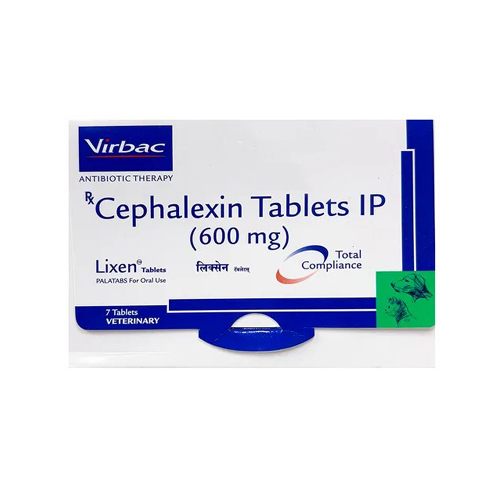
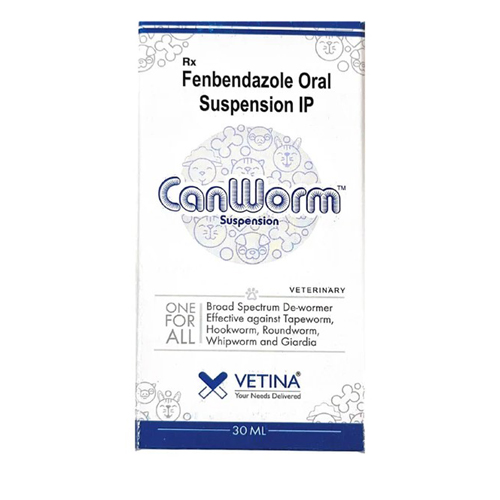



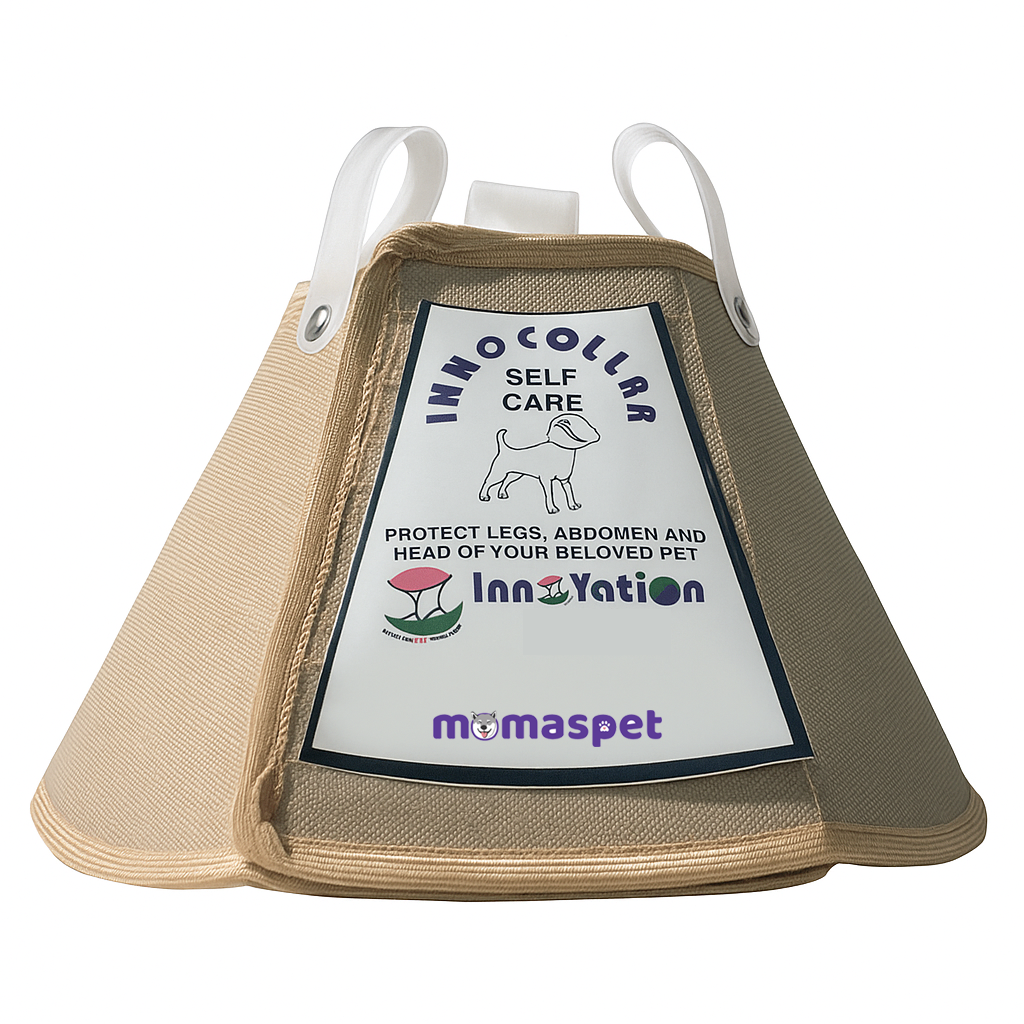
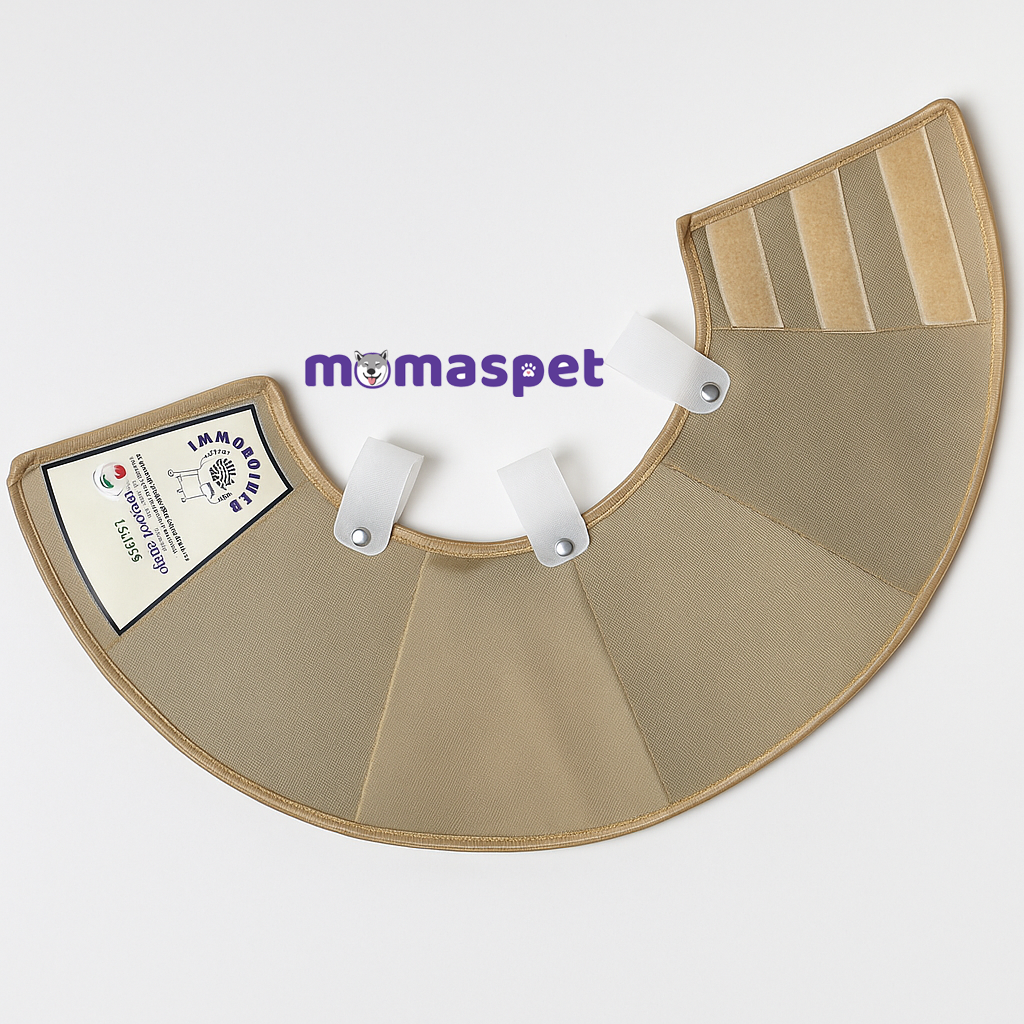
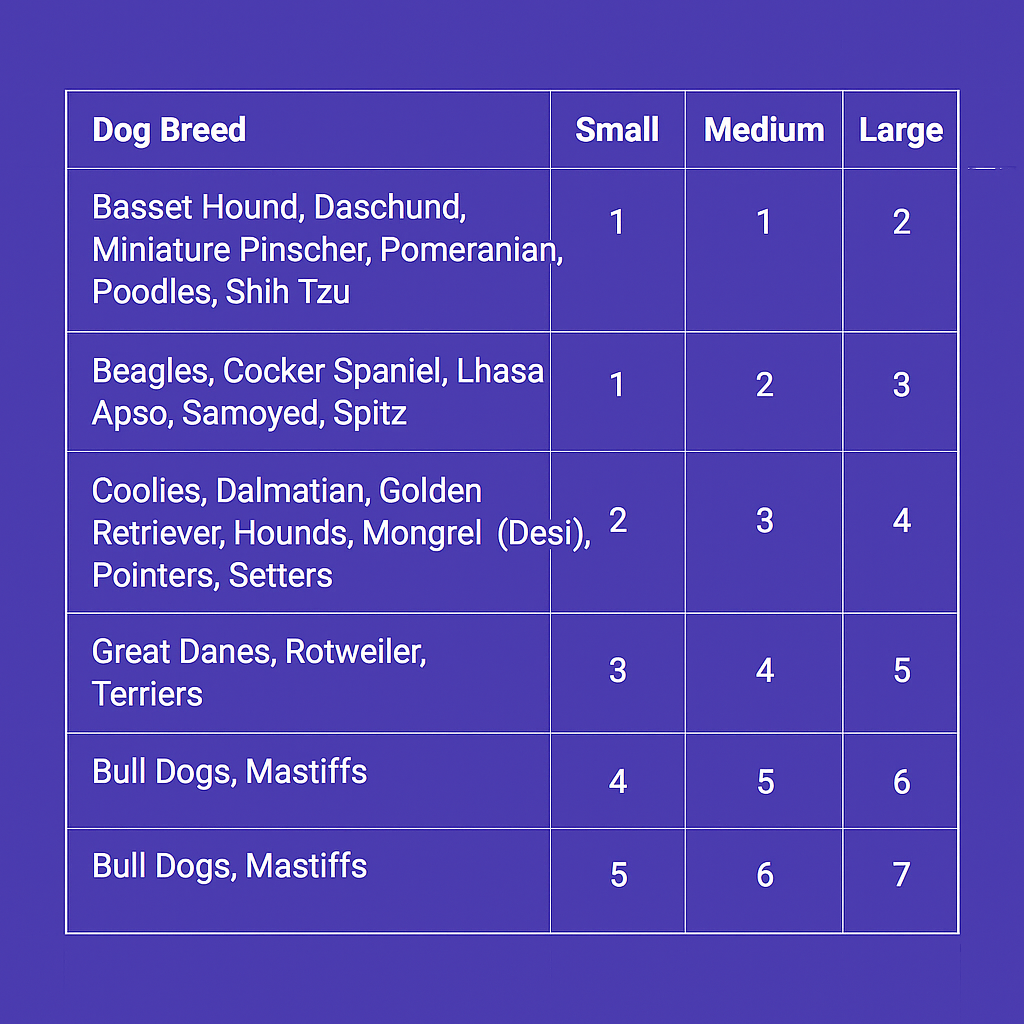
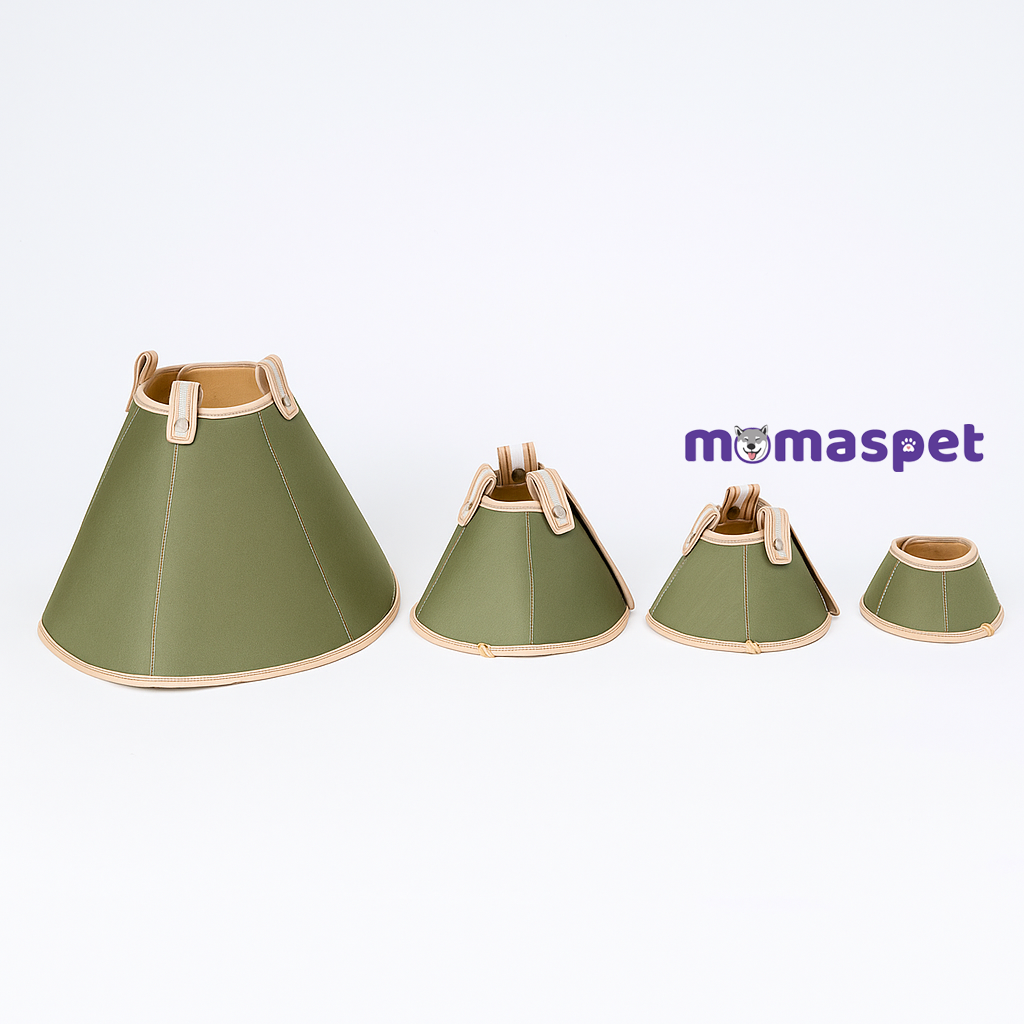
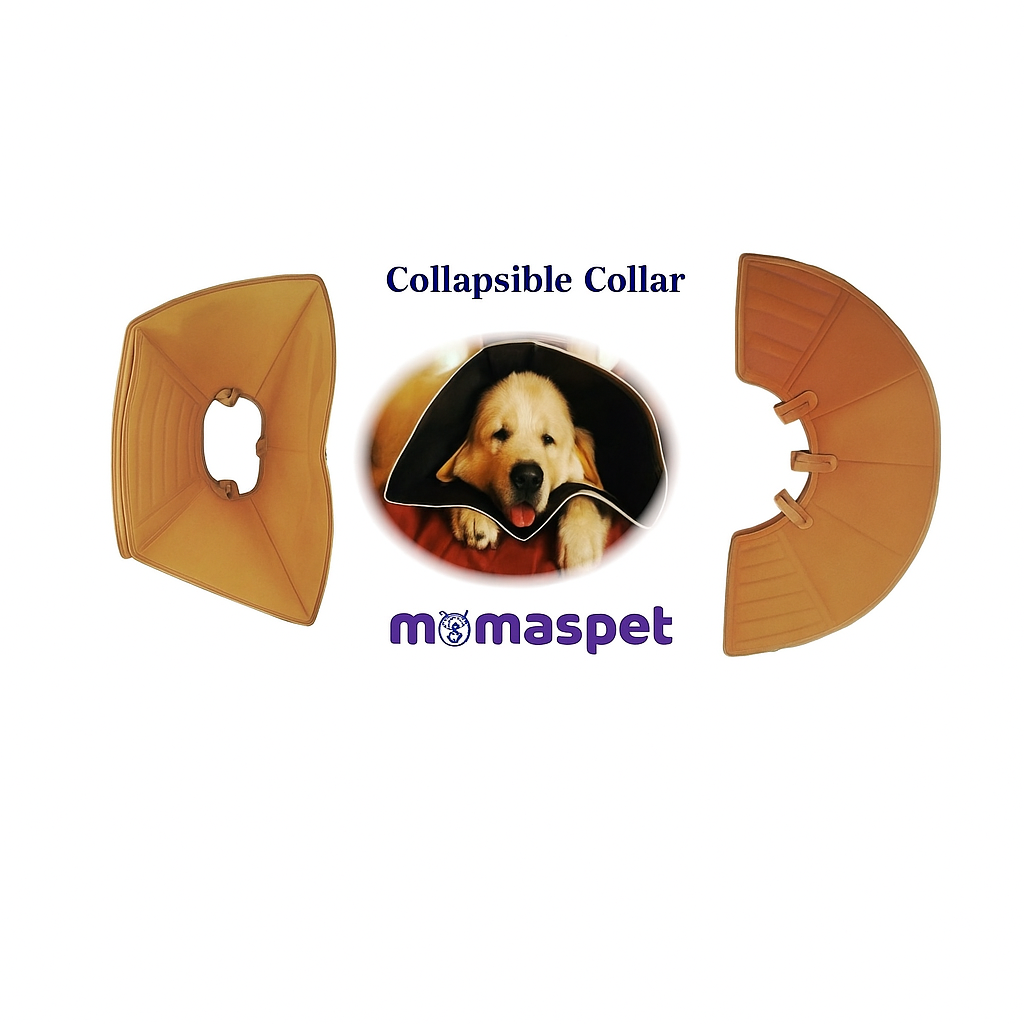
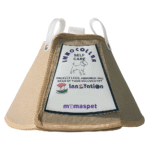
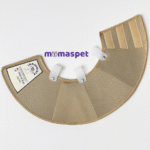
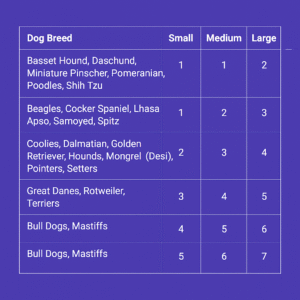
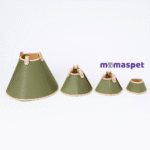
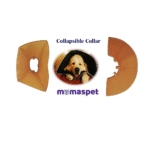

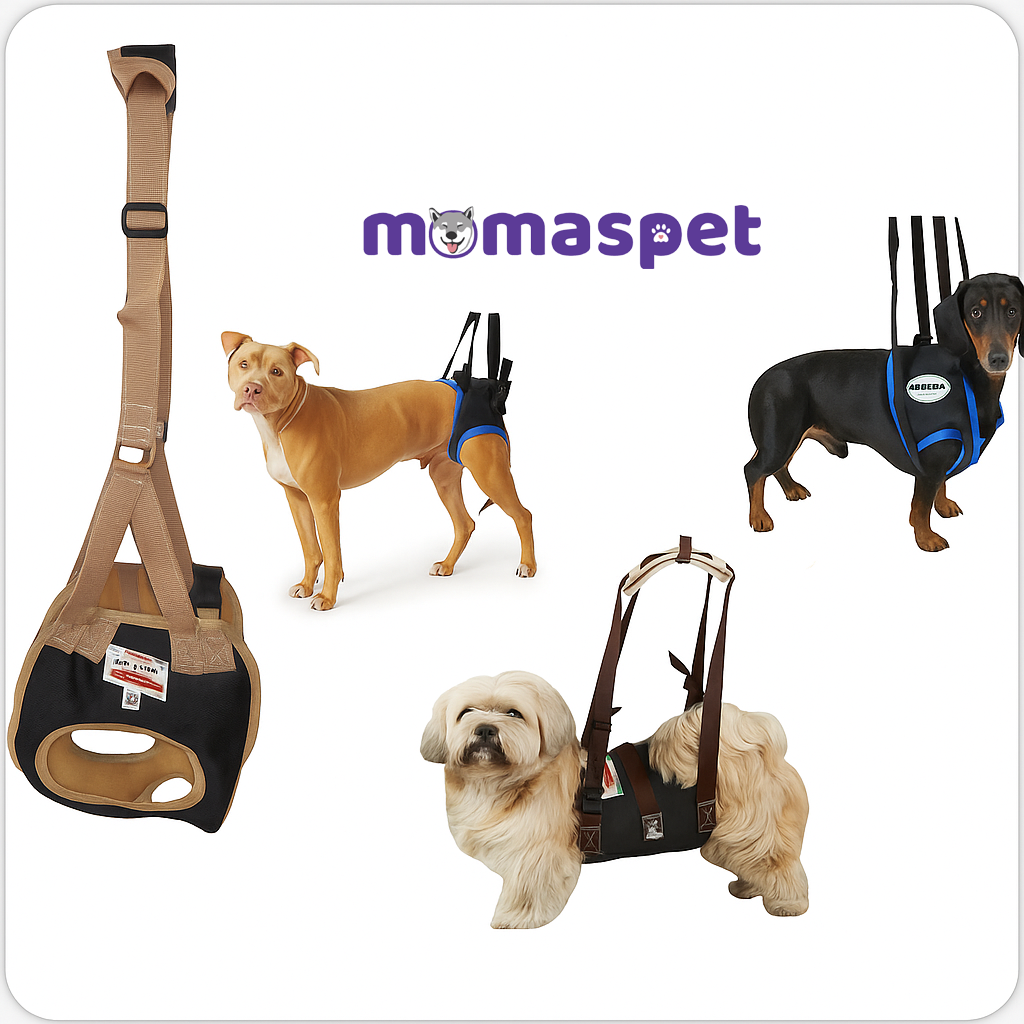
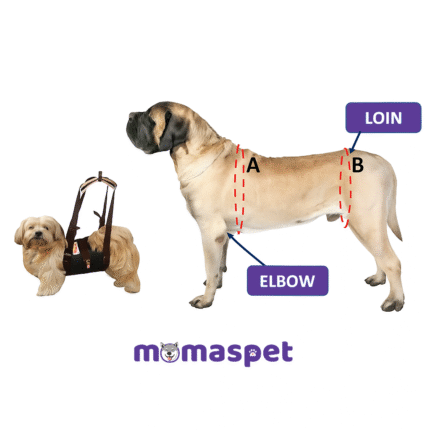
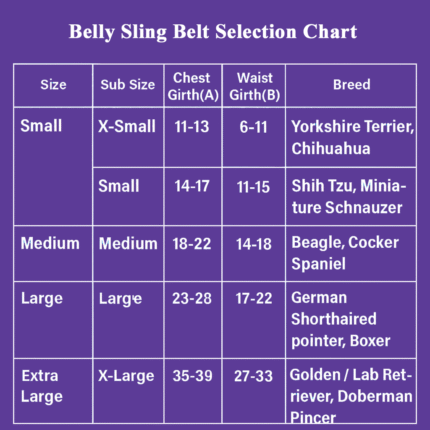
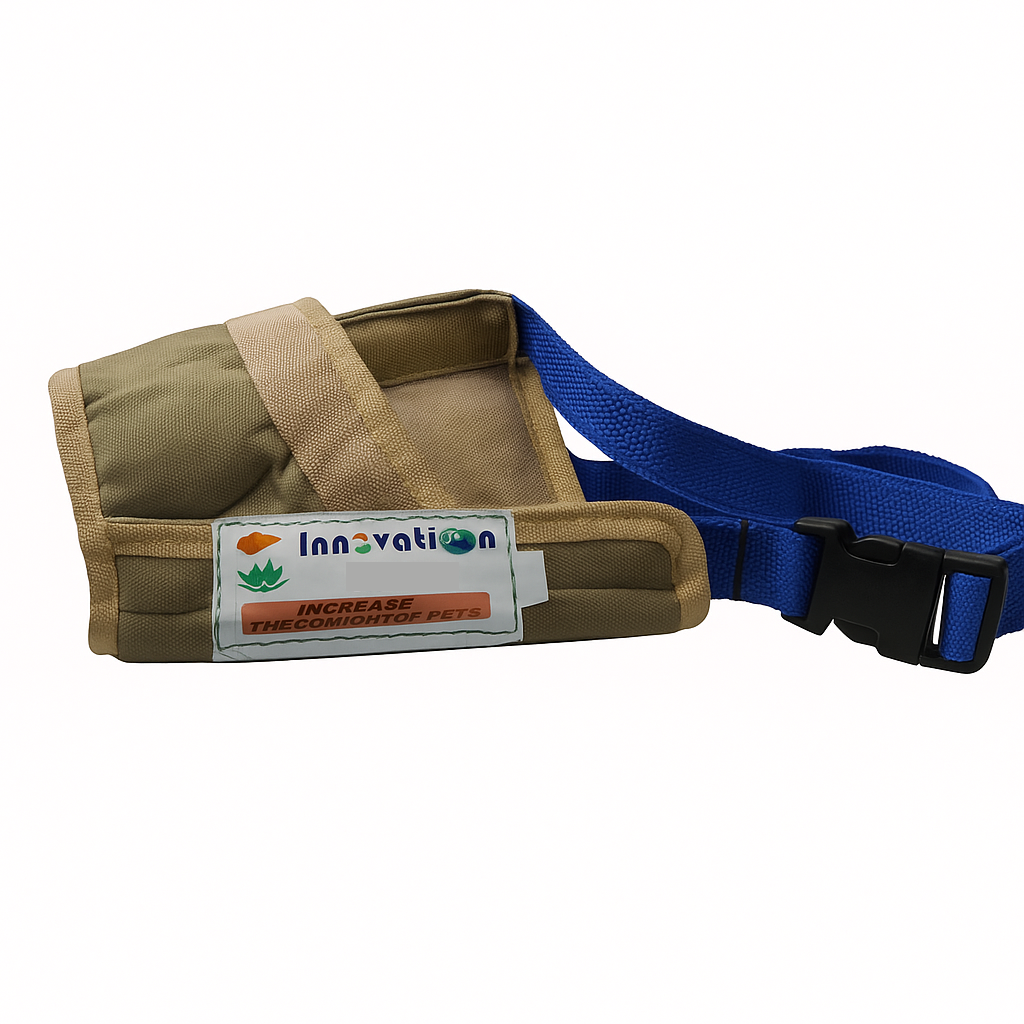
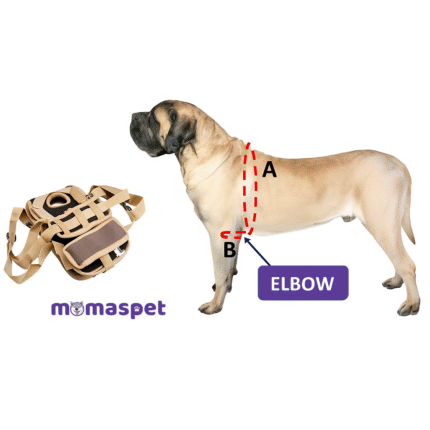
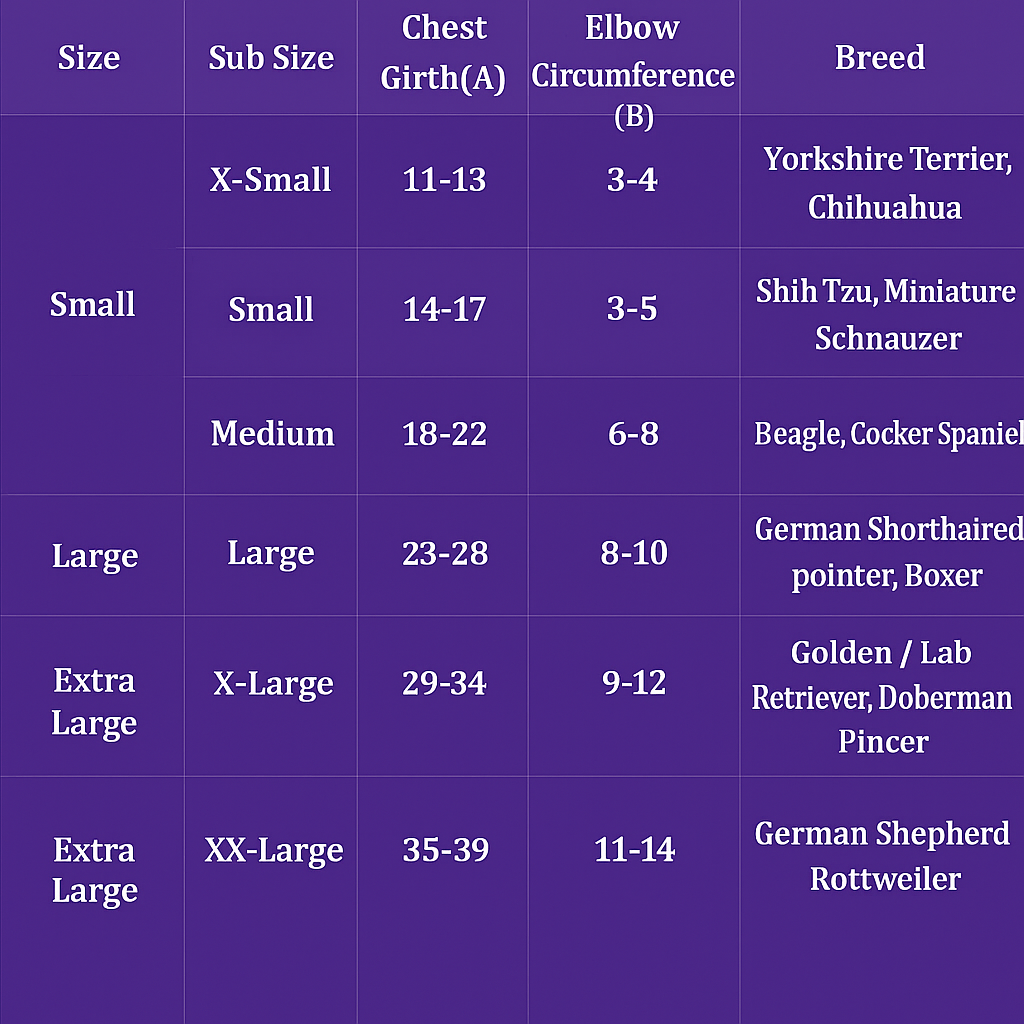
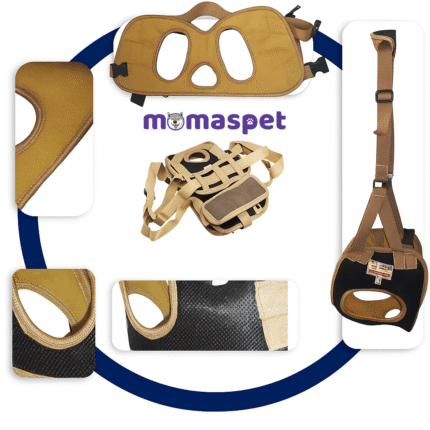
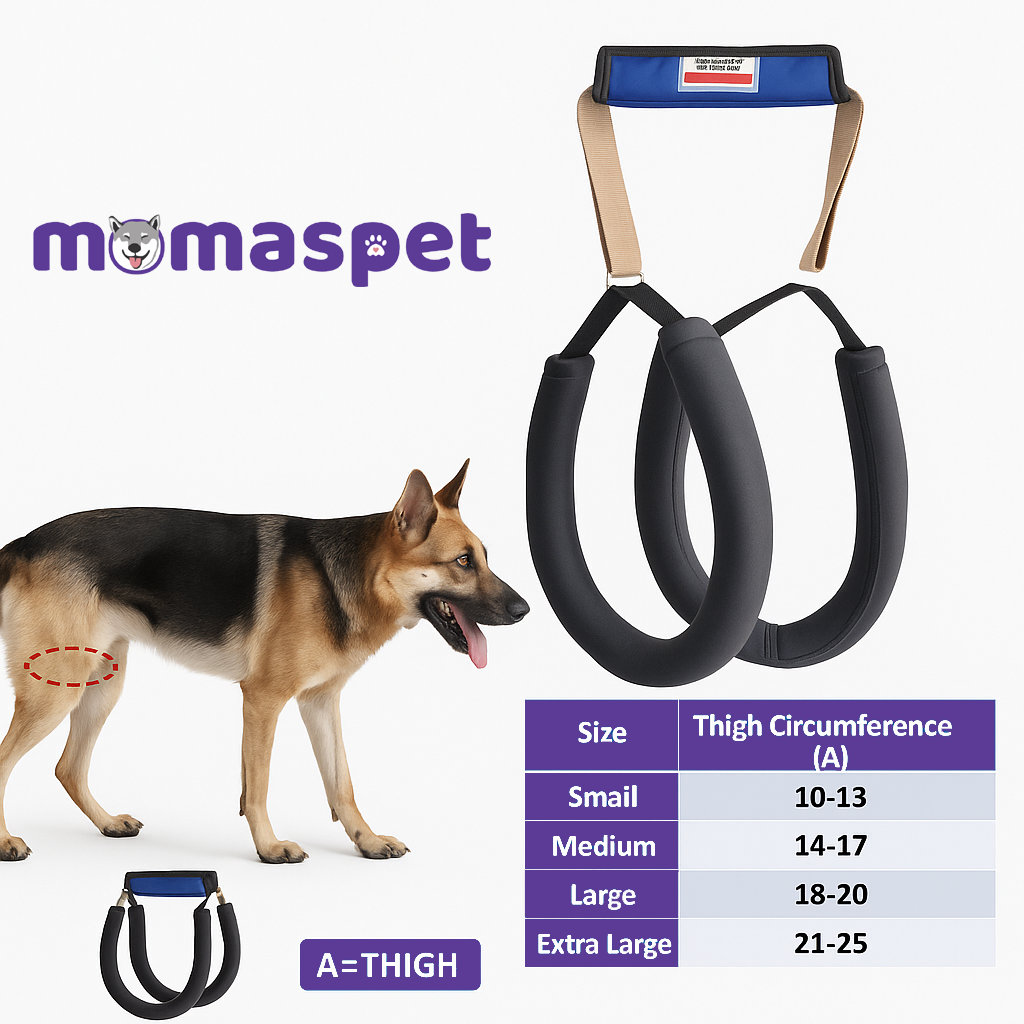
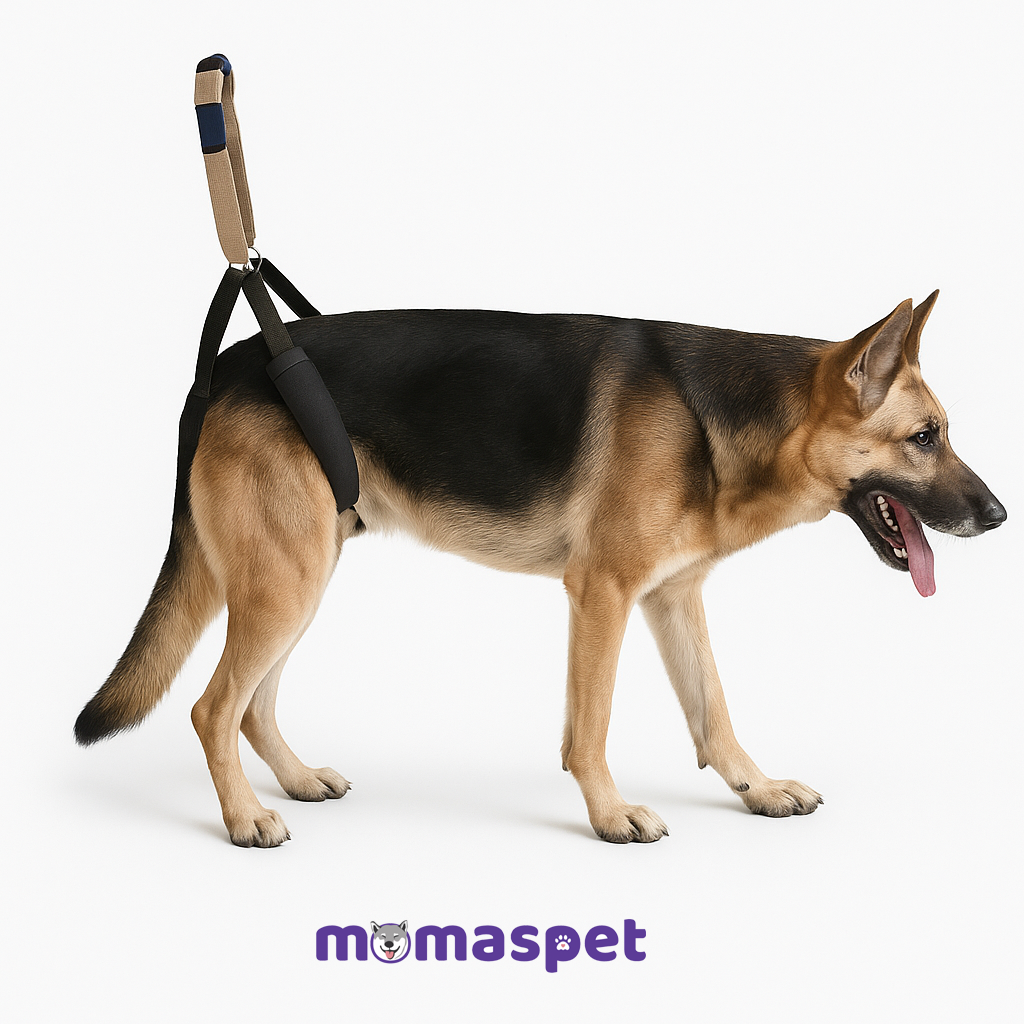
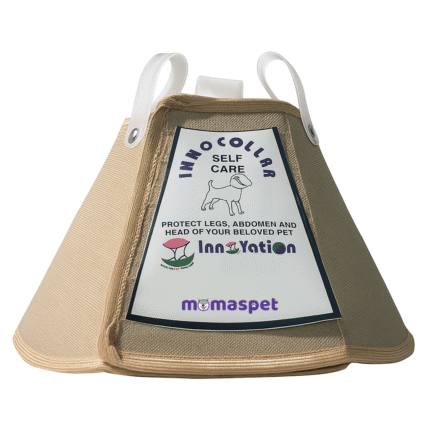
Reviews
There are no reviews yet.